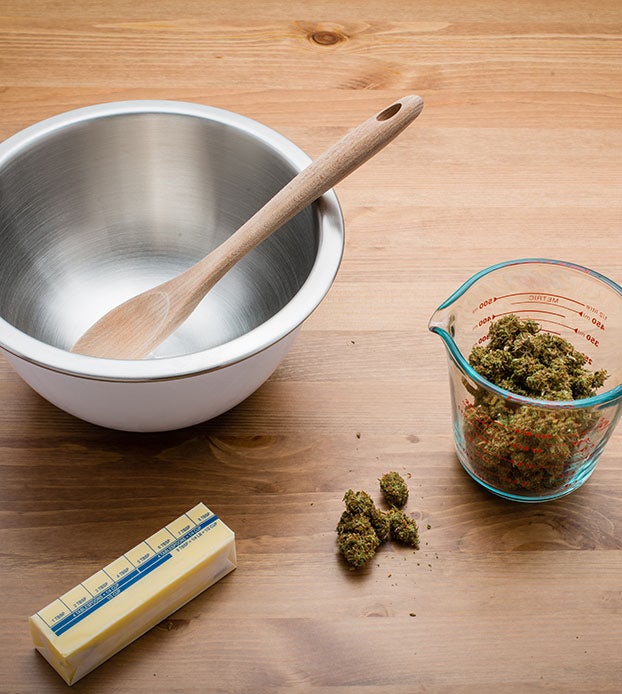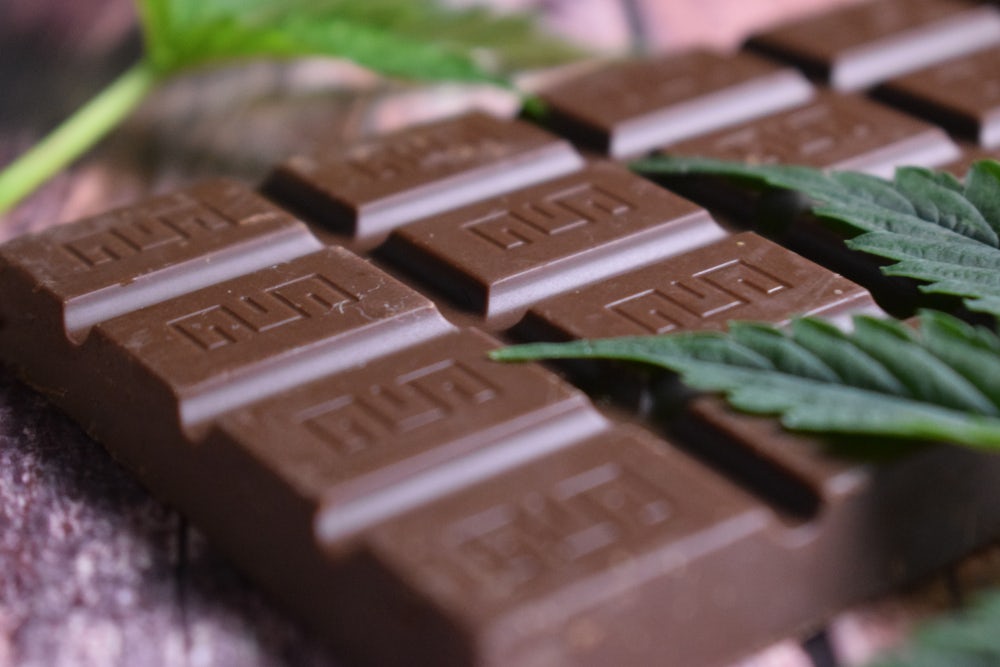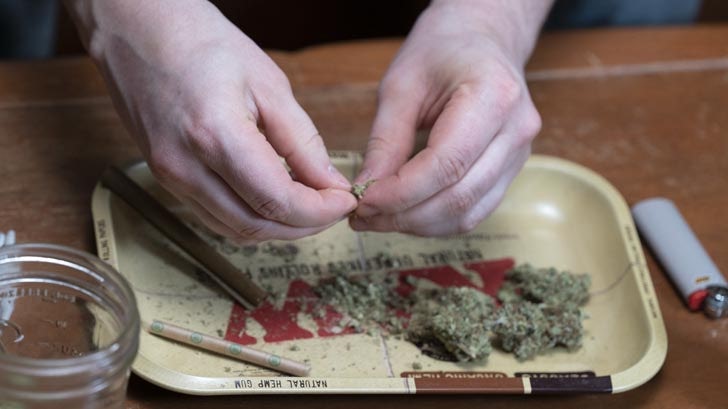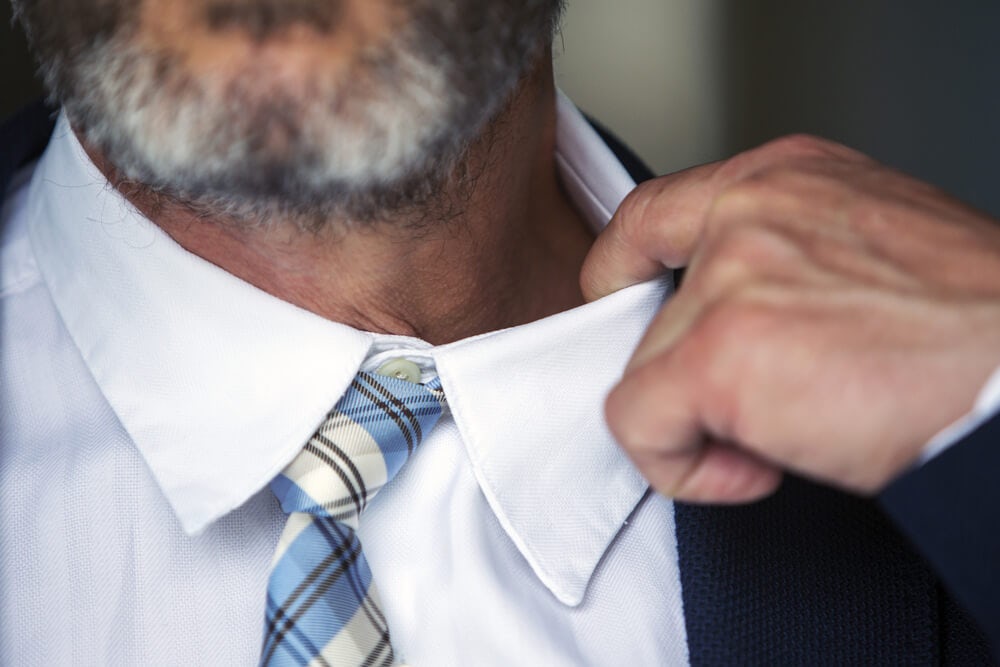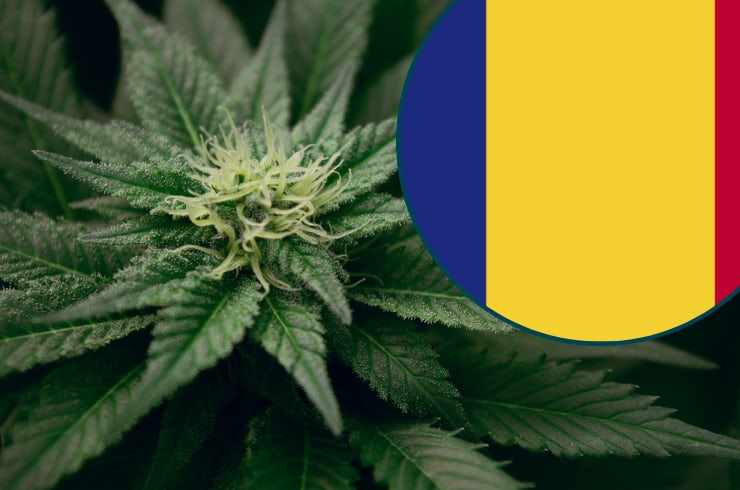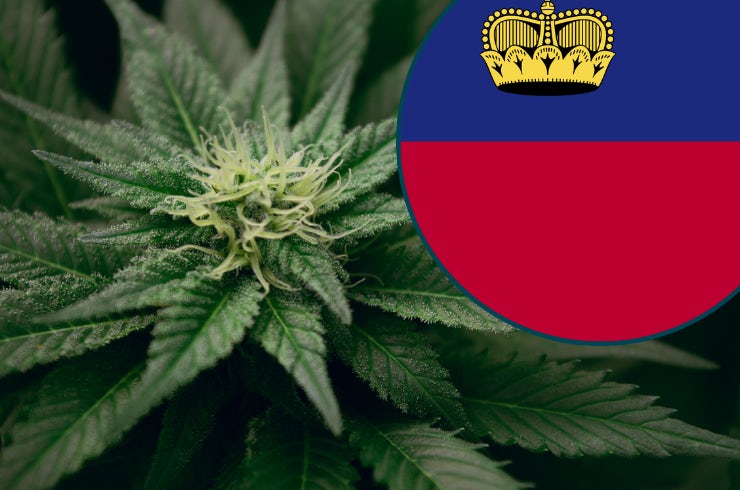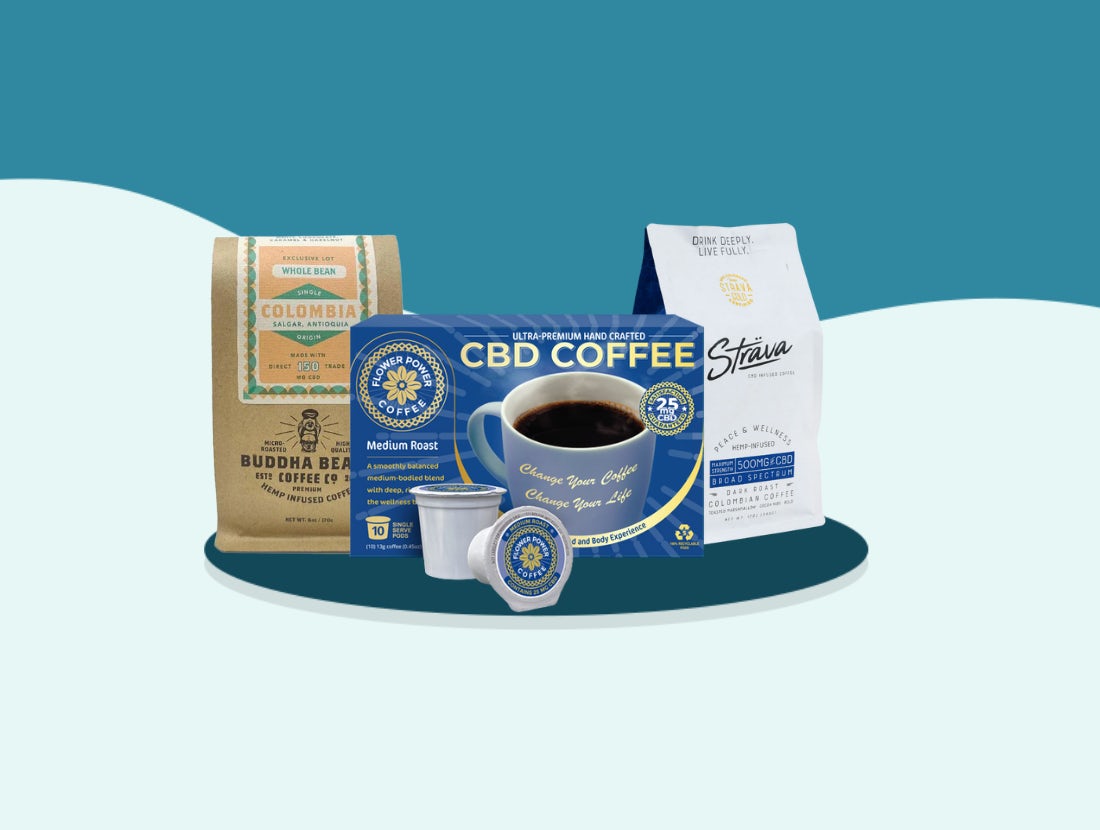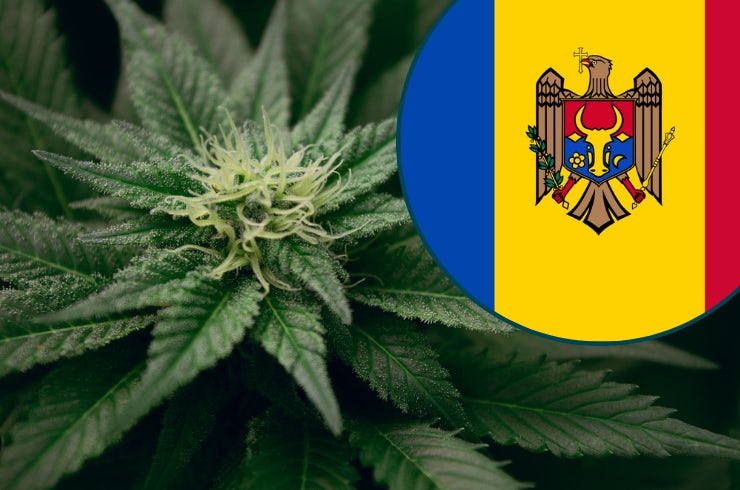Just because stoners have the stereotype of being lazy doesn’t mean it’s true. In fact, if you struggle with the motivation to work out, cannabis may be able to help.
The jury is still out on whether or not cannabis is a performance enhancer, but it can help you enjoy your workouts more and even recover better. While you may not want to hit the bong before a triathlon, using cannabis before or after a run, yoga session, or hiking may help you engage longer, feel better, and recover faster. 1 2
To find the best strain for working out, look for a blend of THC and CBD that provides a boost of energy, lightens or improves your mood, and has a terpene profile that includes pinene, myrcene, limonene, or humulene.
Strains mentioned in this article include:
How cannabis can help with working out
While the stereotype of cannabis consumers is that of “lazy stoners,” the research suggests otherwise.
One self-reported study from 2019 found that 8 out of 10 cannabis users in legal states consume the plant before or after exercise.
- 70% of respondents said it increased their enjoyment of working out
- 52% said it increased their motivation
- 78% said cannabis helped them recover in between workouts.
The study also found that people who consumed cannabis spent 43 minutes more on exercise per week compared to those who didn’t consume. 3
So why aren’t people getting enough movement? People don’t workout for many reasons, the most common of which are: no enjoyment of the activity, low motivation to workout, and poor recovery in between workouts. But cannabis may be able to help with all of these factors. 4
How cannabis can change your workout
Your endocannabinoid system (ECS), the system of receptors, endocannabinoids and enzymes all over the body that interacts with cannabis, is affected by exercise. In fact, endocannabinoids and their precursors are released by working out, stimulating your ECS without any cannabis use at all! 5
But with cannabis, you can improve your energy levels, increase your focus and motivation, and enjoy a faster recovery period. A 2003 meta-analysis on self-reported effects of cannabis revealed that cannabis users report lower pain levels, heightened levels of perception, and a change in the perception of time; all of which can not only be beneficial to your workout, but also improve your quality of life. Additionally, THC in cannabis is a known bronchodilator, which can help open your lungs and increase lung capacity during exercise. 6 7
If you don’t enjoy working out, cannabis can help shift your mindset and make it a little easier to get moving. Both CBD and THC have properties that can help improve your mood. The biphasic effects of these cannabinoids means a low dose is necessary to get these mood boosting benefits, as they can have inverse effects at larger doses. 8
Focus & motivation
If you struggle with the motivation to get up and work out, cannabis may be able to help.
Cannabis consumption affects several areas of your brain linked with focus, including the frontal lobe and cingulate cortex. These areas of your brain are responsible for attention and emotion, and are the reason why washing dishes when you’re high is so much more enjoyable than washing dishes sober. 9
The right blend of cannabinoids and terpenes may even help you find a flow state, where your attention effortlessly flows towards the task at hand and the other stimuli of the surrounding world falls away.
Recovery
Both CBD and THC are known to combat pain and inflammation, which can be helpful for particularly long or intense workouts. Both cannabinoids can also reduce inflammation so consuming the plant post-workout can also help with delayed onset muscle soreness (DOMS) or stiffness. Additionally, acute bouts of high-intensity endurance workouts can increase oxidative stress. CBD has antioxidative properties which can combat this. 10
Sleep is also crucial to recovering from a hard workout. THC can help you fall asleep faster while CBD can help you sleep longer and wake up easier. It’s important to have the right balance of cannabinoids because too much THC can actually induce feelings of anxiety, worsening sleep and effectively worsening the problem. Additionally, some individuals may find that lower doses of CBD can actually be stimulating. 11
How to choose cannabis for working out
Most people divide their weed into categories of indica and sativa. But to determine the best chemical profile for you, these labels are basically meaningless. Indica and sativa are plant morphology terms, differentiating between the physical appearance of the plants. All these labels tell you is the height and width of the plant as well as the shape of the leaves. It doesn’t depict anything about the chemical composition of the bud.
Strain names are pretty useless too, since the same strain across multiple states or even growers can have completely different chemical profiles.
The best way to classify cannabis is by chemovars. Chemovars are an organizational classification by the dominant cannabinoid. There are currently three primary chemotypes on the market:
- Type I – High THC, low CBD
- Type II – Balanced THC and CBD (1:1)
- Type III – High CBD, low THC
The best type of cannabis for working out is a Type II strain, with a balance of CBD and THC. Type I strains can work well for many exercisers because they provide a mood and energy boost, but including CBD in your selection is more beneficial for your recovery.
While THC puts some people in the right headspace for working out, it also has the potential to work against you. THC can impact your heart rate and blood pressure even in a resting state, so consuming a large dose of THC right before an intense workout can leave you feeling lightheaded. Severe cases could put those with existing heart conditions at a greater risk for a cardiac event. 12
The best way to consume cannabis for working out
How you consume cannabis matters. Inhaled cannabis (smoking or vaping) works quickly but the high doesn’t last as long. Oral cannabis (like edibles or tinctures) have a slower onset time but the effects last longer overall.
But how you’re working out matters too. If you’re hopping on your mat for a yoga session, then a bong toke quickly delivers the effects to get you in the right mindset. But for a 12-mile run, you might not want to risk compromising your lungs with smoke or the effects wearing off before the end of the run, so an edible may be a better option. For recovery, a topical cannabis product can often provide relief directly to sore muscles and help relieve stiff joints.
Best terpenes for working out
Pinene
- A 2005 preclinical study of several terpenes found that pinene acts as an “inhibitor of acetylcholinesterase”, which is an enzyme that breaks down the neurotransmitter acetylcholine. This inhibition may help to enhance energy and focus and potentially reduce some memory issues commonly seen with THC. 13
- Alpha-pinene has been shown to have anti-inflammatory effects in animal trials. 14 15
- Beta-pinene is able to target the 5-HT1A (serotonin 1A) receptor and in rodent studies it has been found to provide mood boosting effects. 16
Myrcene
- Myrcene is the most common and abundant terpenes in cannabis and can provide muscle relaxant properties as well as increase sleeping time, which is clearly beneficial for workout recovery. 17
- Myrcene also has anti-inflammatory and pain relieving properties making it an ideal terpene for post-workout. 18
Limonene
- Limonene has antidepressant properties that can help improve a bad mood or low motivation. 19 20
- In rodent trials, limonene has demonstrated antihyperalgesic effects, reducing sensitivity to pain. 21
- A 2020 review of anti-inflammatory terpenes found that limonene has effective anti-inflammatory activity. 22
Beta caryophyllene (BCP)
- A 2018 study found that participants who inhaled cannabis oil containing mostly BCP and myrcene reported feeling more energetic, relaxed, and calm. 23
- BCP is an attractive terpene for pain because unlike others, it activates the CB2 receptor which is associated with the immune system and inflammation. 24
- Applying an oil or lotion containing BCP to sore muscles may help to reduce pain and inflammation. 25 26
If you can’t find a cannabis strain with a verifiable terpene profile, but you still want the benefits of these useful plant molecules, you can always add or supplement your cannabis routine with essential oils that contain these terpenes.
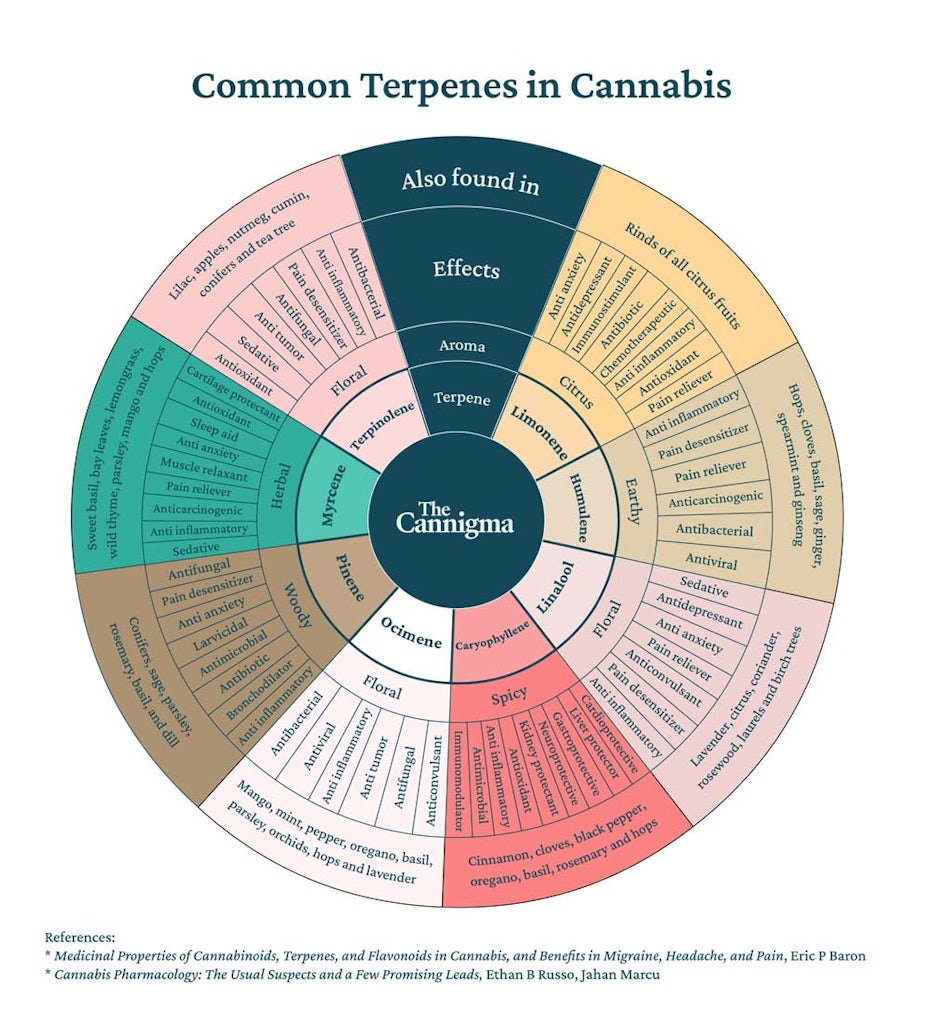
Best strains for working out
The best cannabis strains for working out are a type II strain, with a blend of THC and CBD that provide a boost of energy, improve your mood, and help you focus. Look for a terpene profile that includes pinene, myrcene, limonene, or BCP.
Strains with this profile may include:
- ACDC
- Typically a Type III, or CBD-dominant chemovar that contains pinene, myrcene, limonene, and BCP.
- Cannatonic
- Also typically a Type III chemovar that contains the four terpenes mentioned, but is dominant in myrcene
- Critical Mass
- A Type I chemovar, or THC-dominant strain that is described as a strong indica. Common terpenes are BCP, humulene, myrcene, and pinene.
- Gelato
- This Type I chemovar is a hybrid that is said to be uplifting and energizing, containing BCP, limonene, myrcene, and linalool.
As mentioned above, strain names are fairly useless for finding specific chemical profiles. However, you can use these suggestions as a starting point to find a product with similar cannabinoid and terpene profiles.
Sources
- Kramer, A., Sinclair, J., Sharpe, L. et al. Chronic cannabis consumption and physical exercise performance in healthy adults: a systematic review. J Cannabis Res 2, 34 (2020). https://doi.org/10.1186/s42238-020-00037-x
- Burr JF, Cheung CP, Kasper AM, Gillham SH, Close GL. Cannabis and Athletic Performance. Sports Med. 2021 Sep;51(Suppl 1):75-87. doi: 10.1007/s40279-021-01505-x. Epub 2021 Sep 13. PMID: 34515970; PMCID: PMC8566388.
- York Williams S, et al. The New Runner’s High? Examining Relationships Between Cannabis Use and Exercise Behavior in States With Legalized Cannabis. Front. Public Health, 30 April 2019. https://doi.org/10.3389/fpubh.2019.00099
- Ibid
- Watkins BA. Endocannabinoids, exercise, pain, and a path to health with aging. Mol Aspects Med. 2018 Dec;64:68-78. doi: 10.1016/j.mam.2018.10.001. Epub 2018 Oct 5. PMID: 30290200.
- Green B, Kavanagh D, Young R. Being stoned: a review of self-reported cannabis effects. Drug Alcohol Rev. 2003 Dec;22(4):453-60. doi: 10.1080/09595230310001613976. PMID: 14660135.
- Tetrault JM, Crothers K, Moore BA, Mehra R, Concato J, Fiellin DA. Effects of marijuana smoking on pulmonary function and respiratory complications: a systematic review. Arch Intern Med. 2007 Feb 12;167(3):221-8. doi: 10.1001/archinte.167.3.221. PMID: 17296876; PMCID: PMC2720277.
- Bambico FR, Katz N, Debonnel G, Gobbi G. Cannabinoids elicit antidepressant-like behavior and activate serotonergic neurons through the medial prefrontal cortex. J Neurosci. 2007;27(43):11700-11711. doi:10.1523/JNEUROSCI.1636-07.2007
- O’Leary, D., Block, R., Koeppel, J. et al. Effects of Smoking Marijuana on Brain Perfusion and Cognition. Neuropsychopharmacol 26, 802–816 (2002). https://doi.org/10.1016/S0893-133X(01)00425-0
- Sónia R. Pereira, Becky Hackett, David N. O’Driscoll, Melody Cui Sun, Eric J. Downer; Cannabidiol modulation of oxidative stress and signalling. Neuronal Signal 30 September 2021; 5 (3): NS20200080. doi: 10.1042/NS20200080
- Babson K., Sottile J., Morabito D., Cannabis, Cannabinoids, and Sleep: a Review of the Literature. 27 March 2017. DOI 10.1007/s11920-017-0775-9
- Steadward RD, Singh M. The effects of smoking marihuana on physical performance. Med Sci Sports. 1975 Winter;7(4):309-11. PMID: 1235156.
- Inhibition of Acetylcholinesterase Activity by Bicyclic Monoterpenoids J. Agric. Food Chem. 2005, 53, 5, 1765–1768. Publication Date:February 11, 2005. https://doi.org/10.1021/jf040019b
- Gi-Sang Bae, Kyoung-Chel Park, Sun Bok Choi, Il-Joo Jo, Mee-Ok Choi, Seung-Heon Hong, Kyung Song, Ho-Joon Song, Sung-Joo Park, Protective effects of alpha-pinene in mice with cerulein-induced acute pancreatitis, Life Sciences,2012,https://doi.org/10.1016/j.lfs.2012.08.035.
- Li XJ, Yang YJ, Li YS, Zhang WK, Tang HB. α-Pinene, linalool, and 1-octanol contribute to the topical anti-inflammatory and analgesic activities of frankincense by inhibiting COX-2. J Ethnopharmacol. 2016;179:22-26. doi:10.1016/j.jep.2015.12.039
- Weston-Green K., Clunas H., Jimenez Naranjo C., A Review of the Potential Use of Pinene and Linalool as Terpene-Based Medicines for Brain Health: Discovering Novel Therapeutics in the Flavours and Fragrances of Cannabis. Front. Psychiatry 26 August 2021. https://doi.org/10.3389/fpsyt.2021.583211
- Russo EB. Taming THC: potential cannabis synergy and phytocannabinoid-terpenoid entourage effects. Br J Pharmacol. 2011;163(7):1344-1364. doi:10.1111/j.1476-5381.2011.01238.x
- Surendran S, Qassadi F, Surendran G, Lilley D, Heinrich M. Myrcene-What Are the Potential Health Benefits of This Flavouring and Aroma Agent? Front Nutr. 2021 Jul 19;8:699666. doi: 10.3389/fnut.2021.699666. PMID: 34350208; PMCID: PMC8326332.
- Komori T, Fujiwara R, Tanida M, Nomura J, Yokoyama MM. Effects of citrus fragrance on immune function and depressive states. Neuroimmunomodulation. 1995 May-Jun;2(3):174-80. doi: 10.1159/000096889. PMID: 8646568.
- Lorigooini Z, Boroujeni SN, Sayyadi-Shahraki M, Rahimi-Madiseh M, Bijad E, Amini-Khoei H. Limonene through Attenuation of Neuroinflammation and Nitrite Level Exerts Antidepressant-Like Effect on Mouse Model of Maternal Separation Stress. Behav Neurol. 2021;2021:8817309. Published 2021 Jan 29. doi:10.1155/2021/8817309
- Araújo-Filho HG, Pereira EWM, Rezende MM, Menezes PP, Araújo AAS, Barreto RSS, Martins AOBPB, Albuquerque TR, Silva BAF, Alcantara IS, Coutinho HDM, Menezes IRA, Quintans-Júnior LJ, Quintans JSS. D-limonene exhibits superior antihyperalgesic effects in a β-cyclodextrin-complexed form in chronic musculoskeletal pain reducing Fos protein expression on spinal cord in mice. Neuroscience. 2017 Sep 1;358:158-169. doi: 10.1016/j.neuroscience.2017.06.037. Epub 2017 Jul 1. PMID: 28673718.
- Araruna ME, Serafim C, Alves Júnior E, Hiruma-Lima C, Diniz M, Batista L. Intestinal Anti-Inflammatory Activity of Terpenes in Experimental Models (2010-2020): A Review. Molecules. 2020;25(22):5430. Published 2020 Nov 20. doi:10.3390/molecules25225430
- Gulluni, N., Re, T., Loiacono, I., Lanzo, G., Gori, L., Macchi, C., Epifani, F., Bragazzi, N., & Firenzuoli, F. (2018). Cannabis Essential Oil: A preliminary study for the evaluation of The brain effects. Evidence-Based Complementary and Alternative Medicine, 2018, 1–11. https://doi.org/10.1155/2018/1709182
- Johnson, S. A., Rodriguez, D., & Allred, K. (2020). A systematic review of essential oils and the endocannabinoid system: A connection worthy of further exploration. Evidence-Based Complementary and Alternative Medicine, 2020, 1–13. https://doi.org/10.1155/2020/8035301
- Ou MC, Hsu TF, Lai AC, Lin YT, Lin CC. Pain relief assessment by aromatic essential oil massage on outpatients with primary dysmenorrhea: a randomized, double-blind clinical trial. J Obstet Gynaecol Res. 2012;38(5):817-822. doi:10.1111/j.1447-0756.2011.01802.x
- Ghelardini C, Galeotti N, Di Cesare Mannelli L, Mazzanti G, Bartolini A. Local anaesthetic activity of beta-caryophyllene. Farmaco. 2001;56(5-7):387-389. doi:10.1016/s0014-827x(01)01092-8
Sign up for bi-weekly updates, packed full of cannabis education, recipes, and tips. Your inbox will love it.

 Shop
Shop Support
Support









